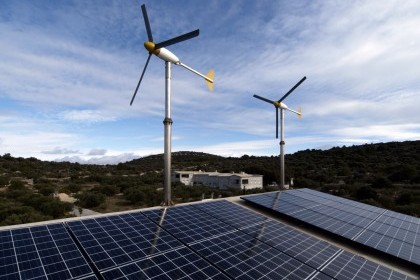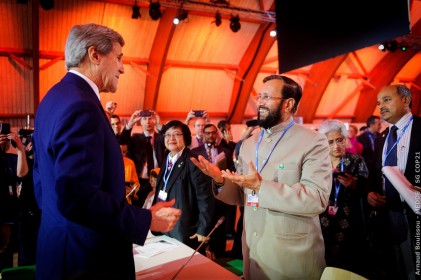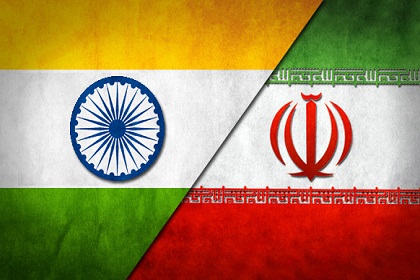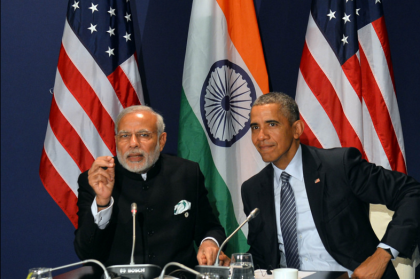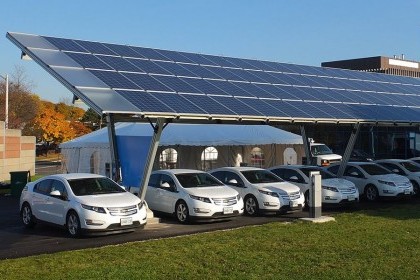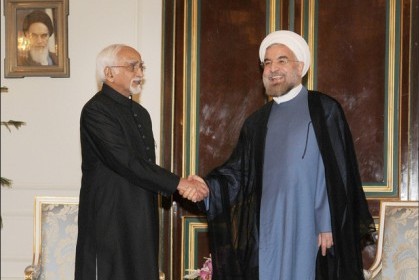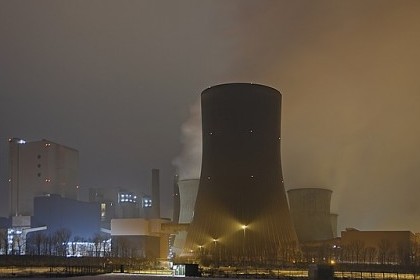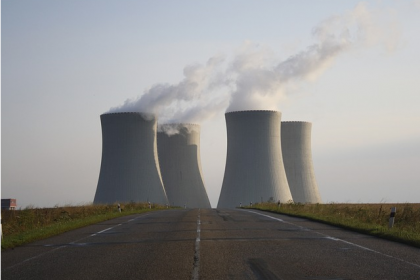Minigrids: the next energy access beacon
Village-scale solar powered minigrids are the most promising path for India to meet its linked aims of GDP growth and access to electricity for all. The Ministry of New and Renewable Energy is already active on this front, but a comprehensive and standardised national minigrid policy that facilitates private sector involvement and eases financing, will allow this model to flourish

